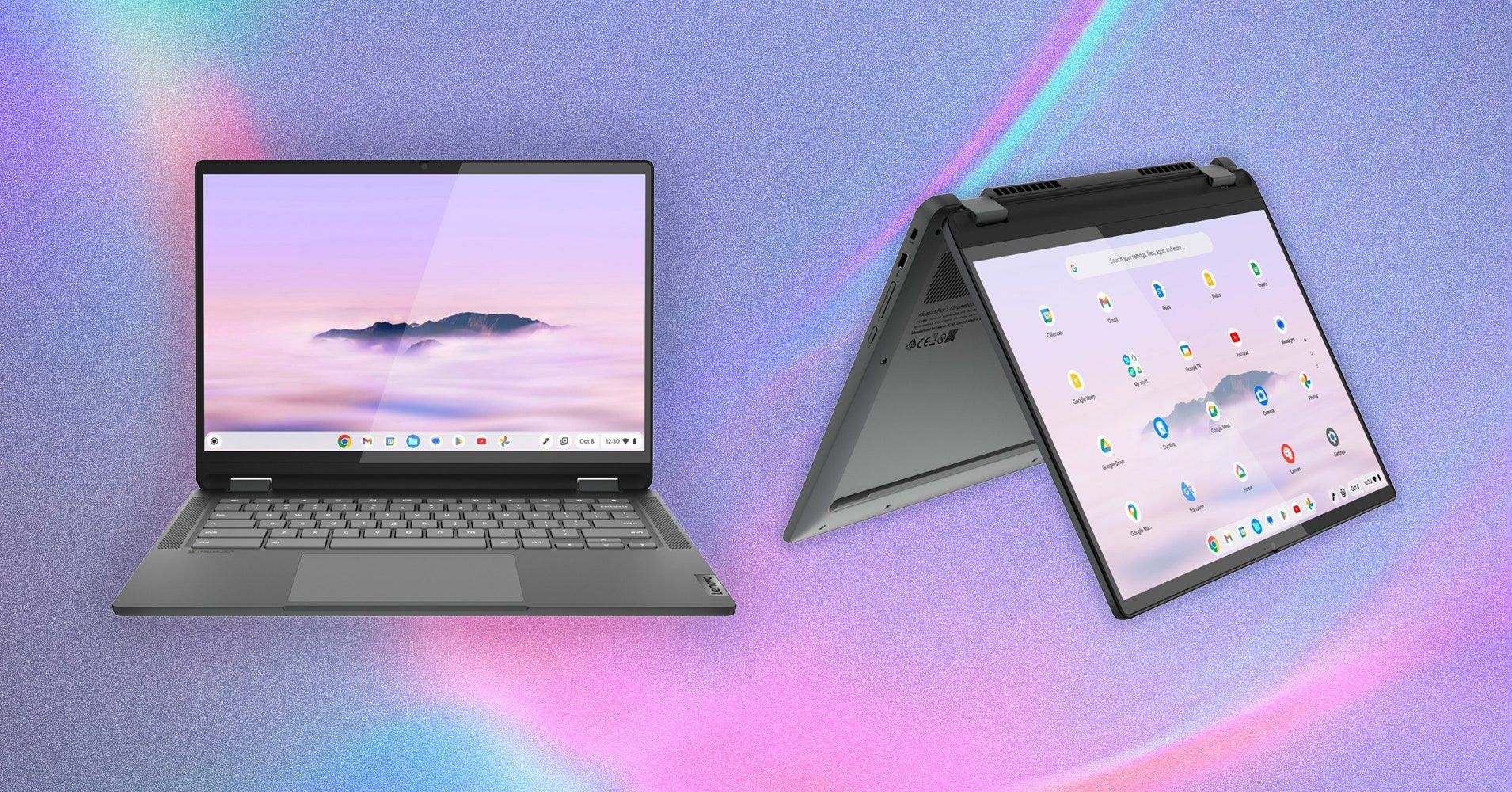
Chromebooks can include lots of totally different {hardware} inside, so it may be onerous to determine precisely what you want. Thankfully, the Chromebook Plus program has made the jumble of specs simpler to parse. ChromeOS can be gentle sufficient that it doesn’t require extremely beefy specs to get a superb expertise. Listed below are some common tips about what to look out for.
Processor: For the most effective expertise, you must keep away from older Chromebooks with Intel Celeron processors. The Chromebook Plus specs provide a superb baseline to ensure speedy efficiency, and I’d suggest going with no less than an Intel Core i3, Core i5, or AMD Ryzen 3 7000 processor. Simply be careful for overspending on configurations with Intel Core i7 processors except you want the additional horsepower for multitasking Android video games, Linux apps, and dozens of Chrome tabs. Whereas Intel and AMD dominate the processor scene, you’ll often discover Chromebooks utilizing ARM processors just like the Qualcomm Snapdragon 7c Gen 2 within the Lenovo Chromebook Duet 3 above. These might be effective for very primary duties, however they gained’t fare as nicely beneath sustained, intense hundreds (no less than till one thing newer comes alongside).
RAM: All the time go for no less than 8 GB of RAM for those who can afford it. You gained’t discover 4 GB of RAM in something apart from primary, super-budget Chromebooks, however it severely limits your means to multitask. If you wish to keep away from slowdowns, 8 GB of RAM is the usual you must intention for.
Storage: In contrast to a Mac or Home windows PC, lots of your Chromebook work will stay on the net. This implies you may usually get away with much less storage, however I wouldn’t suggest going beneath 128 GB. Should you can afford it, you’ll be way more comfy with no less than 256 GB. You’ll get the most effective velocity out of an NVMe stable state drive, so look out for that on the spec sheet while you’re evaluating fashions.
Display screen: The overwhelming majority of Chromebook shows you’ll discover can be IPS LCD panels, and that’s simply effective. Till OLED shows make extra of a dent within the Chromebook house, IPS LCD screens provide the most effective distinction and colour accuracy. Should you’re buying within the excessive price range vary, be careful for TN LCD panels, as they’re usually decrease high quality and provide worse viewing angles. For decision, a 1,920 x 1,080-pixel decision needs to be your normal. You’ll get crisp visuals at 13- and 14-inch display screen sizes and it’s satisfactory at 15 inches. Larger resolutions will look even higher, however be cautious of the battery life tradeoff you’ll see from pushing energy to extra pixels.
Ports: USB-C ports have change into commonplace on the latest Chromebooks, so there’s not any excuse to purchase one with out them. Attempt to get one which fees over USB-C so you may recharge with a conveyable energy financial institution while you’re on the go. A microSD card slot may also be useful if you’d like a simple solution to increase your storage on the fly. You’ll discover that some Chromebooks help Thunderbolt 4 over their USB-C ports as nicely. Whereas that’s a superb choice to have for those who plan to plug your Chromebook into some high-end screens, it isn’t vital for most individuals. As a substitute, you may get comparable exterior monitor help (and spend quite a bit much less) with an HDMI port or DisplayPort over USB-C help.






